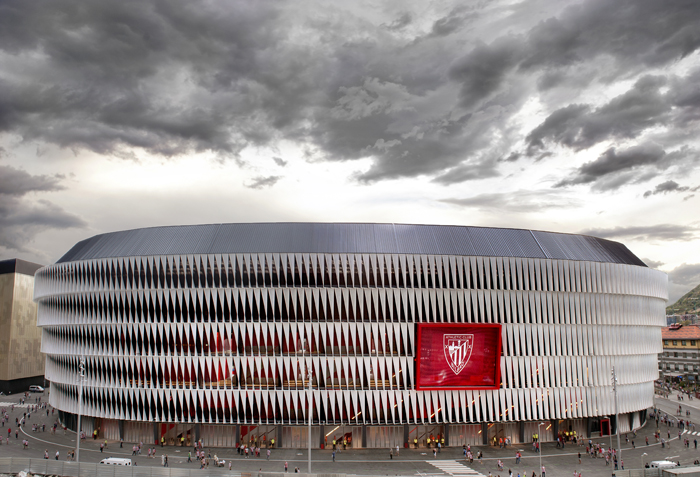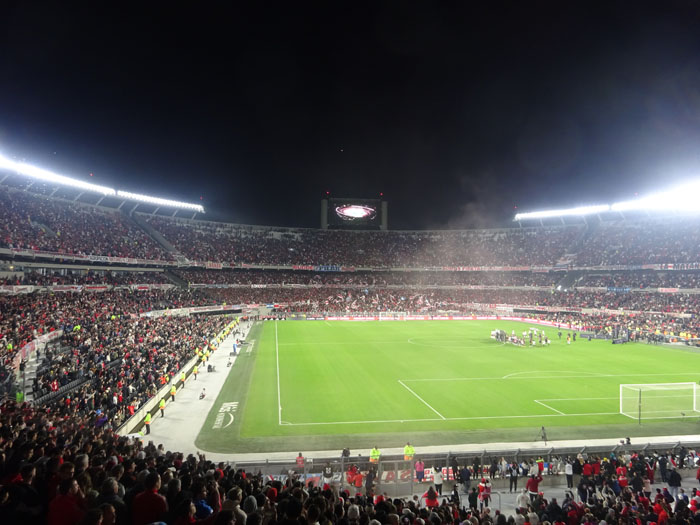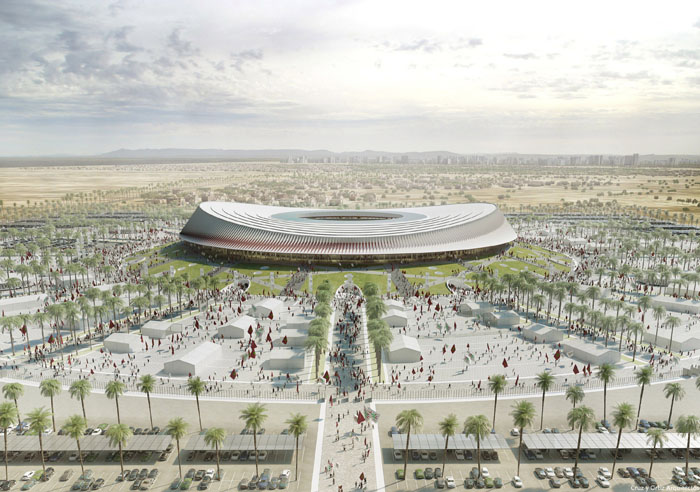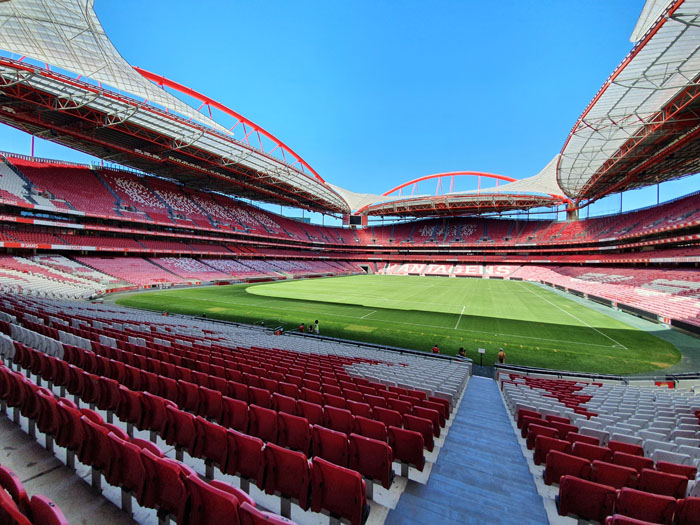FIFA has officially announced that Spain, Portugal and Morocco are to host the 2030 World Cup. As part of the anniversary tournament, Argentina, Paraguay and Uruguay are also scheduled to host matches. Which stadiums could play host?
The FIFA Council unanimously agreed that the sole candidacy will be the combined bid of Morocco, Portugal, and Spain, which will host the event in 2030 and qualify automatically from the existing slot allocation subject to the completion of a successful bidding process conducted by FIFA and a decision by the FIFA Congress in 2024. Additionally, having taken into account the historical context of the first-ever FIFA World Cup, the FIFA Council further unanimously agreed to host a unique centenary celebration ceremony in Uruguay’s capital, Montevideo, where the first ever FIFA World Cup took place in 1930, as well as three World Cup matches in Uruguay, Argentina and Paraguay respectively. Should the three South American associations also successfully pass the bidding process, these three countries will also qualify directly for the World Cup finals.

image: Athletic Club
“In 2030, we will have a unique global footprint, three continents – Africa, Europe and South America – six countries – Argentina, Morocco, Paraguay, Portugal, Spain and Uruguay – welcoming and uniting the world while celebrating together the beautiful game, the centenary and the FIFA World Cup,” FIFA President Gianni Infantino concluded.
Which stadiums are potential hosts? It is already clear that the opening match will be played in Montevideo at the Estadio Centenario, the historic venue where the first ever World Cup match took place in 1930. Paraguay (as the home of CONMEBOL, the only continental football federation in existence at the time) and Argentina (as the losing finalists in 1930) would also each be allowed to play their first match at home. These matches would take place before the first games in the host countries and would be accompanied by additional rest days for the teams involved.
In Paraguay, the game would probably be played in a new national stadium, yet to be built. As part of its own South American World Cup bid, “Juntos 2030”, the association had announced that it would build an “Estadio CONMEBOL” in Asunción, for which 50 million euros had already been made available. In Argentina, River Plates Mas Monumental, the largest stadium in South America and the national team’s preferred venue, is likely to have the best chances. Should FIFA insist on a complete roofing, the Estadio Mario Alberto Kempes in Córdoba could be in the running. Extensively renovated in 2011, it already meets all the current requirements for hosting international tournaments according to FIFA specifications.

image: Christian Schmitt
In fact, FIFA has already announced that the three “actual” host countries will be subject to correspondingly stricter stadium requirements. As part of their bid, the member associations must propose at least 14 suitable stadiums, of which a maximum of seven may be new buildings. To facilitate a selection process, FIFA would also recommend a shortlist of up to 20 venues. Each stadium must be an all-seater stadium with at least 40,000 capacity, or at least 60,000 seats required for the semi-finals and as many as 80,000 for the final. Otherwise, in typical FIFA fashion, the focus is on VIP and hospitality seating, of which each stadium must offer 8-10% of capacity or at least 2,300-6,000 seats (depending on the match).
Spain will most likely provide most of the venues. With the renovations of the Camp Nou and the Estadio Santiago Bernabeu almost certainly completed by then, the country’s two biggest stadiums have also been modernised on time. The Bernabeu probably has a slightly better chance of being chosen as the venue for the final, as FIFA usually gives priority to the national capitals. The San Mamés in Bilbao and the Olympic Stadium in Seville are also almost certain hosts. Next in line would theoretically be the Mestalla in Valencia, however, their renovation odyssey has been dragging on for so long that anything could happen. The Rosaleda in Malaga, the Anoeta in San Sebastian, the Balaídos in Vigo, and the stadiums in A Coruña and Murcia also stand a good chance. Almost all of them have already announced plans for renovation and expansion, which should now receive new impetus in the context of the de facto decision by FIFA. It will be interesting to see how Atlético Madrid’s Civitas Metropolitano is dealt with. As a modern stadium of appropriate size, it would already be suitable for the World Cup in its current state, but due to the large number of possible venues for the small number of locations, a “doubling” in Madrid might not be appropriate.

image: Cruz y Ortiz Arquitectos S.L.P.
The nomination of six host stadiums had already been announced by the
Moroccan federation as part of the joint bid. At the top of the list is the ambitious new construction project for a 93,000-seat stadium in Casablanca. The “Grand Stade de Casablanca”, a new national stadium, is to be built for approximately 200 million euros, which could or should then also host a semi-final match. The country’s current largest stadium, the Stade Ibn Battouta in Tangier, has already been renovated and expanded to 65,000 seats for the FIFA Club World Cup 2022, and further modernisation and another increase in capacity to 80,000 seats are planned for the World Cup. The same applies to the stadiums in Fés, Marrakech and Agadir, all of which have a capacity of around 45,000 seats but are in need of upgrading. After the recent demolition of the stadium in the capital Rabat, work is already underway to build a new one. If the stadium, which is planned for 70,000 spectators, is completed on time, it could already be the venue for the final of the 2025 African Cup of Nations.
At least in
Portugal the picture is clear: with the Estádio do Dragão in Porto and the two Lisbon stadiums, the Estádio da Luz (Benfica) and the José Alvalade (Sporting), the three stadiums that were already part of the first shortlist will be entered into the race. In view of the conditions and the experience of all three venues with international football competitions, all three should also make it to the final selection and would only need limited enhancements.

image: SL Benfica
The complete application documents, including a shortlist of stadiums, are to be submitted to FIFA by July 2024, who will publish the evaluation and officially award the hosting rights at the end of that year. (STADIAWORLD, 06.10.2023)



